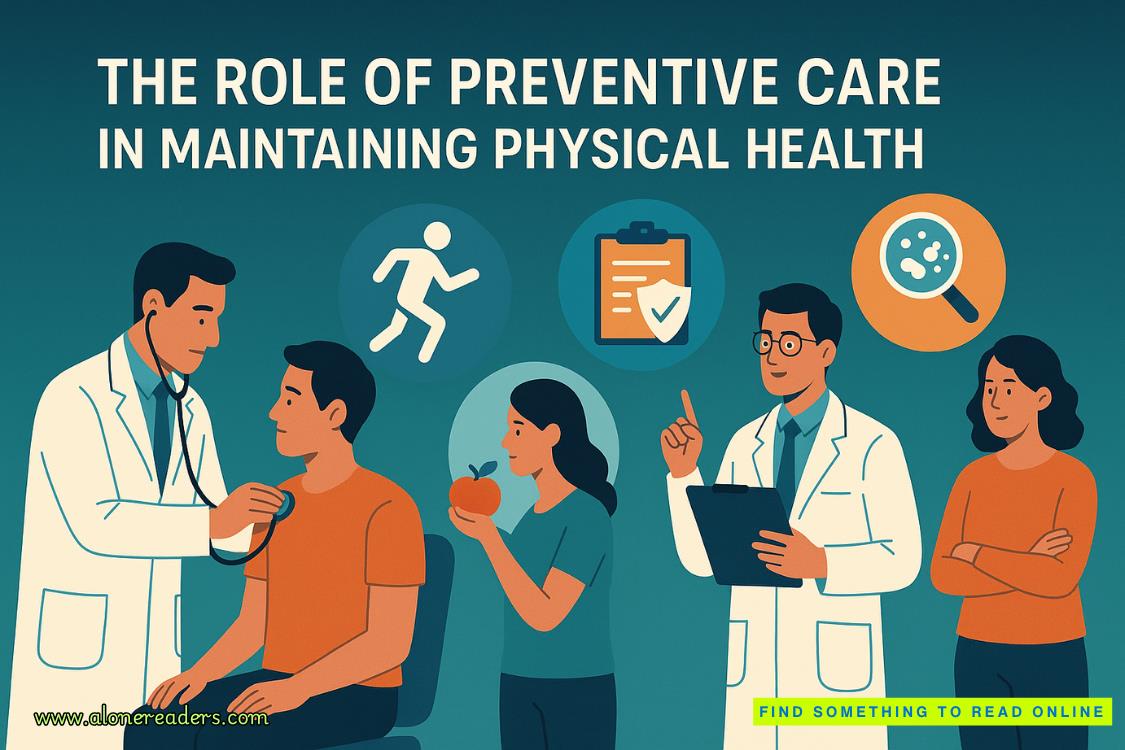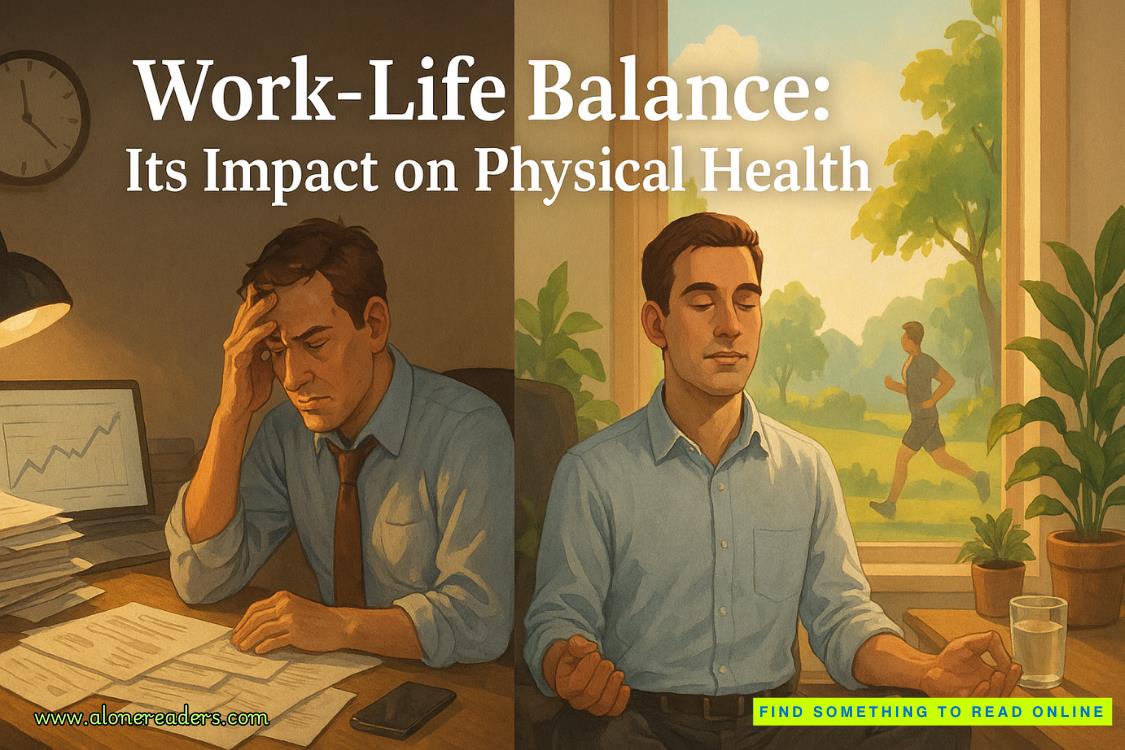Page 82 of Borrowed Pain
The files downloaded in segments. What I found made my hands shake.
It wasn't the generic outcome data I'd expected, but detailed neuroimaging studies showing actual brain changes. fMRI showed the amygdala quieting after treatment, and PET showed a lower neuroinflammation signal. It wasn't testimony; it was physiology—cortisol flattening toward normal and cleaner sleep architecture on polysomnography.
I scrolled through methodology sections that described something called "targeted synaptic reintegration"—techniques that appeared to help traumatized neural networks rebuild functional connectivity without the typical flooding responses that characterized traditional exposure therapy.
My phone buzzed—incoming call.
"Dr. McCabe." Harrow's voice carried measured warmth while it frayed slightly at the edges. "Thank you for reviewing the materials despite your circumstances."
She knew about the extraction planning. The acknowledgment was subtle and indirect, but unmistakable.
"The neuroimaging data," I said carefully. "These results suggest—"
"Impossible outcomes, I know. That's what peer reviewers said initially." When she spoke again, I thought I detected frustration. "Dr. McCabe, I'm not contacting you because I need validation. I'm reaching out because you've demonstrated something rare—the courage to pursue truth even when institutions resist it."
It was a different approach than I expected. No guilt manipulation or urgent recruitment pitch. Instead, she addressed me as her intellectual equal, someone capable of understanding revolutionary science that others couldn't grasp.
It was an elegant appeal to my professional vanity. I hated how well it worked.
"Why now?" I asked.
"Traditional therapeutic approaches are failing trauma survivors at scale, and the corrupted versions of these techniques are being used to exploit them." She sounded like a professor addressing handpicked graduate students. "Dr. McCabe, what if prolonged exposure to traumatic memories doesn't just fail to heal—what if it actively reinforces pathological neural patterns?"
In the main room, my family was preparing to risk their lives pursuing justice for crimes already committed. I was torn, but I decided to hear Harrow out.
"You're suggesting exposure therapy is counterproductive?"
"I'm suggesting that asking survivors to repeatedly revisit trauma without providing neural mechanisms for reintegration may be causing iatrogenic harm. We're not helping people heal with traditional methods; we're teaching their brains to strengthen fear pathways through repetition."
The theory was elegant, supported by emerging neuroscience research I'd been following. It also challenged everything about how I'd been practicing therapy.
"The protocols you've developed," I said. "They address synaptic reintegration directly?"
"Through targeted pharmacological support combined with precisely timed cognitive interventions. We help the brain rebuild functional memory networks without triggering inflammatory responses that consolidate trauma patterns."
I inhaled sharply. If she was right, how many clients had I kept in prolonged treatment cycles that reinforced their suffering rather than resolving it?
"Dr. McCabe, I have something specific to show you about therapeutic precision versus traditional approaches. Evidence that might change how you understand cases like Iris Delacroix."
She'd said the name casually, like referencing shared professional knowledge rather than exploiting personal guilt. The subtlety was more unsettling than direct manipulation would have been.
"What kind of evidence?"
"Documentation that they specifically targeted Iris because traditional therapy had helped her achieve stability. They monitored multiple therapists' caseloads, identifying patients ready for transition to independent functioning." Her voice was clinically precise. "Dr. McCabe, they chose her because you'd succeeded, not failed."
Professional validation wrapped in my own wariness.
"I'll send additional materials," she continued. "But Dr. McCabe, I need to ask something difficult. Are you prepared to consider that everything you were taught about trauma recovery might be fundamentally flawed?"
Twenty minutes later, my phone overflowed with documentation that challenged core assumptions about therapeutic practice—systematic deconstruction of traditional trauma therapy effectiveness.
Meta-analyses—pooled across studies of mixed quality—suggested lasting remission from prolonged exposure in roughly a quarter of cases. The largest naturalistic cohorts reported recurrence rates approaching two-thirds within two years. Taken together, the numbers read like a field struggling to produce durable gains.
I stood in Matthew's kitchen, absorbed in data that suggested everything I'd learned in graduate school was not just wrong, but actively harmful.
"Miles." Rowan appeared at my shoulder, concern in his voice. "You've been staring at your phone for twenty minutes. What's going on?"
"Research from Dr. Harrow," I said, angling the screen toward him. "Neuroimaging studies that suggest traditional trauma therapy might be counterproductive."















